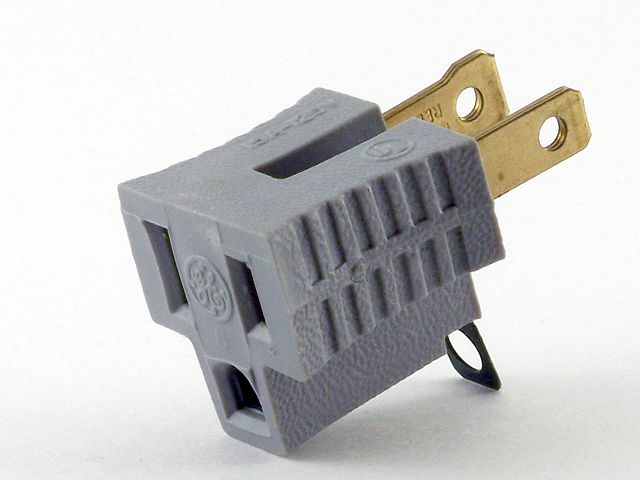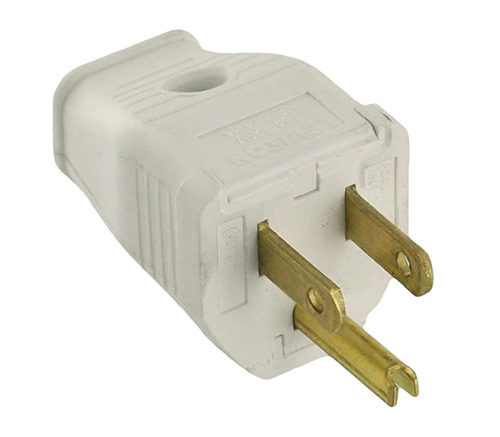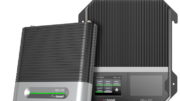I think about this question a lot. In my long-distant past, I used to work with a lot of commercial audio equipment. Inevitably, it used the traditional 3-prong power plug that we’re all familiar with.
The problem was, as I would take this equipment from place to place I would inevitably encounter a low-pitched buzz when I plugged it in. This hum, at exactly 60 hertz, was a result of the native frequency of the electrical outlet finding its way into the device and being expressed through the speakers.
I learned pretty quickly that the traditional way of handling this was simply to tear that third prong from the power cord. Yes, I could have used a “ground lifter” or “cheater plug” which would have let me properly ground the device. But, I didn’t. Those things were never around when you needed them. On the other hand, a pair of pliers and a little elbow grease solved the problem handily.
What I didn’t know then
Of course, even then I knew that grounding prong was there for my safety. I didn’t think it was just decorative. But I underestimated how important it was. Removing the ground source from a device means that in case of electrical discharge, the device will find a new ground source. That ground source… could be you. It could also be something flammable.
I’m pretty lucky I never caught anything on fire but I will say I got hit with some pretty big jolts back in those days. Not enough to cause permanent damage (I hope) but enough to throw me off for a day or so.
Learn from my mistakes

If you do have a device with a grounded plug, plug it into a grounded outlet. If you don’t have a grounded outlet, use a proper ground lift. They aren’t so expensive. Then, connect a ground wire to the little green ring at the bottom and then run that to some source of ground. Yes, it’s going to be a pain in the neck. But do it.
In many cases the closest ground source of any kind is going to be a cold water pipe attached to a plumbing fixture. This isn’t a perfect option but it is better than nothing.
The good news of all of this is that ungrounded outlets are fairly rare these days. If, like me, you’re trying to get rid of a nasty buzz from audio equipment, look for other ways to do it. If you’re dealing with a microphone or musical instrument, use a direct box. Most of them have built-in ground lifting for the audio channel without taking the ground off the entire box.
What about equipment that only has a two-prong plug?
Yes, there are still a lot of devices that only have a two-prong plug. This generally signifies a device that doesn’t pull a lot of amps so the risk of shock or fire is low. Think of lamps, phone chargers, and some consumer electronics. In cases like that, a two-prong plug is used to save space and cost.
There shouldn’t be a need to add grounding to a device like that, and so it’s not something to worry about.
Get everything you need from Solid Signal
Whether you need something tiny like a charger or something large like a commercial generator, you can find it all when you shop at Solid Signal. We’re your home for everything you need to live your best digital life!





